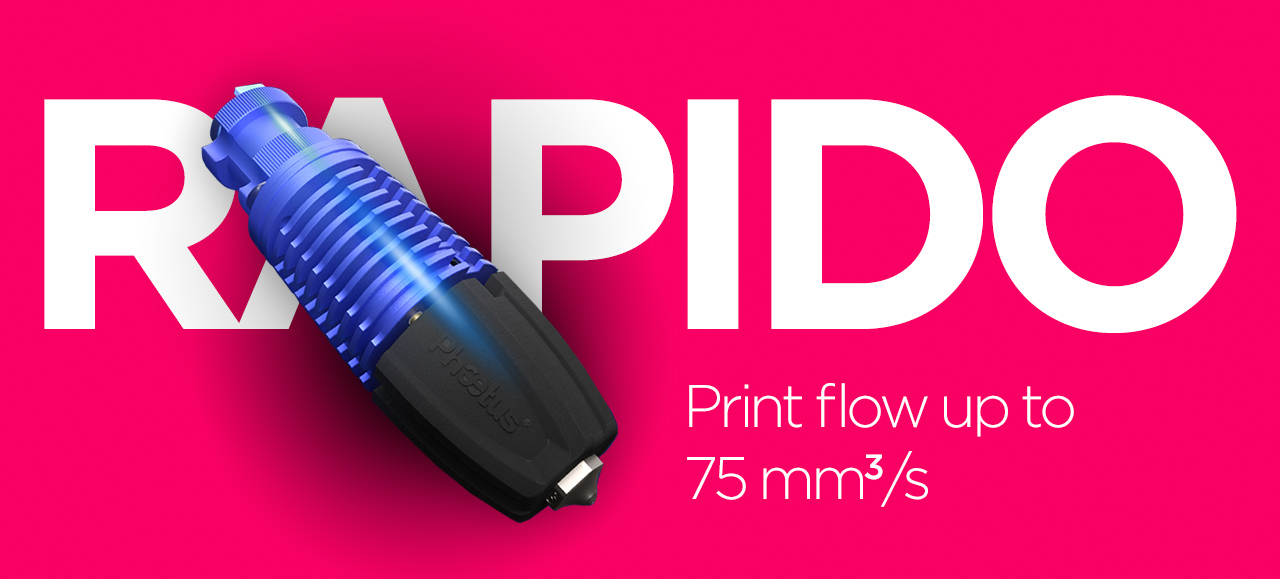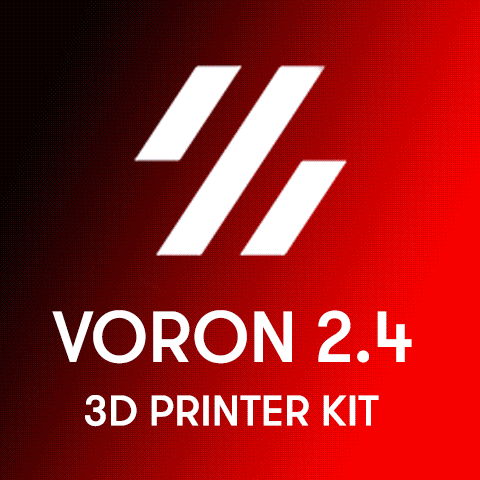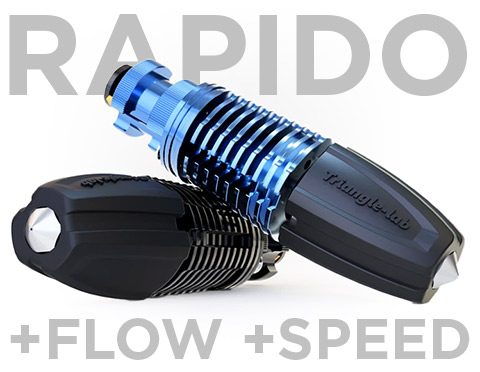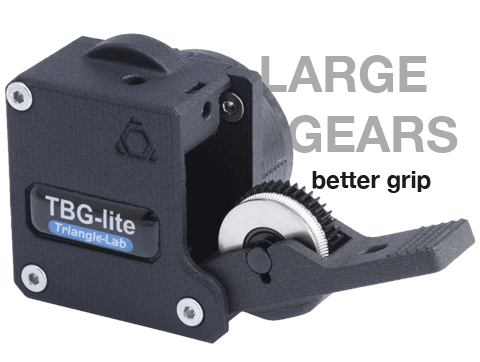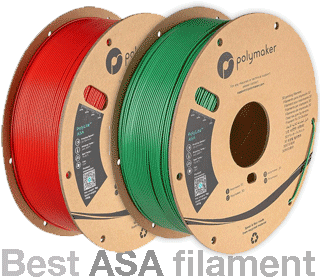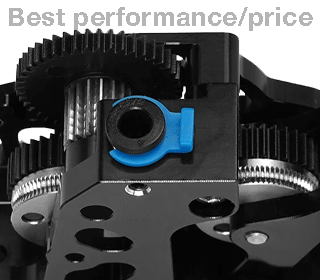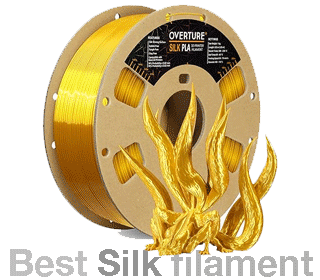The Rapido hotend was launched end of 2021 and acquired a fairly big fan base in 2022. Like many other high-end hotends, It is targeting the market of 3d printer upgrades. This $100+ hotend helps to achieve faster printing speed by melting the filament at a rate of up to 75 mm3/s – 4 times faster than the popular E3D V6.
Rapido HF and UHF hotends
are selling on Aliexpress and Amazon
Rapido hotend – design
Rapido’s design allows changing nozzles with one hand, just like Mosquito, Dragon, and other modern hotends. What is different is the big cylindrical heater cartridge and heater block. They were designed to create large melt zone, specifically for high-speed printing applications.
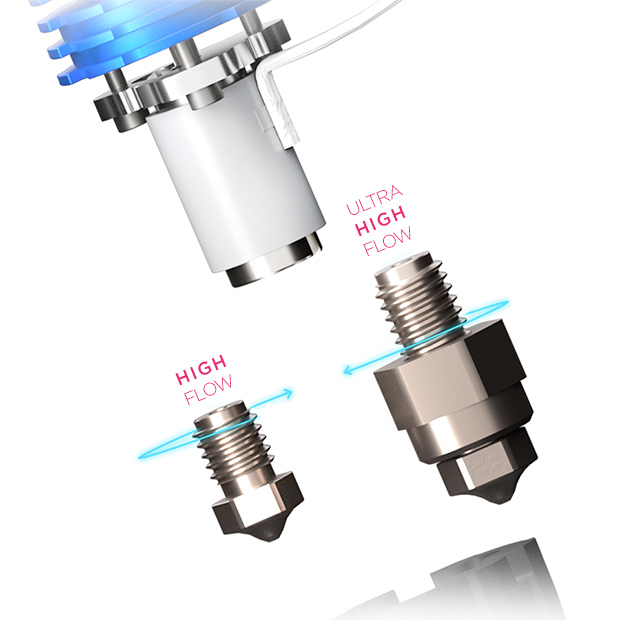
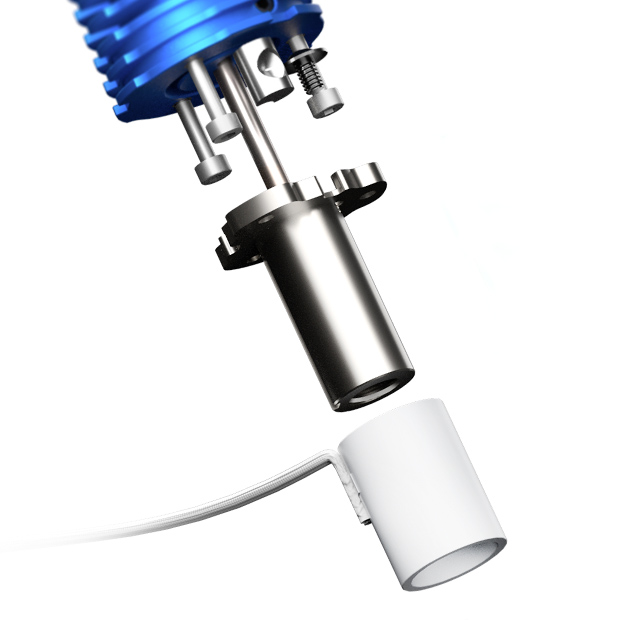
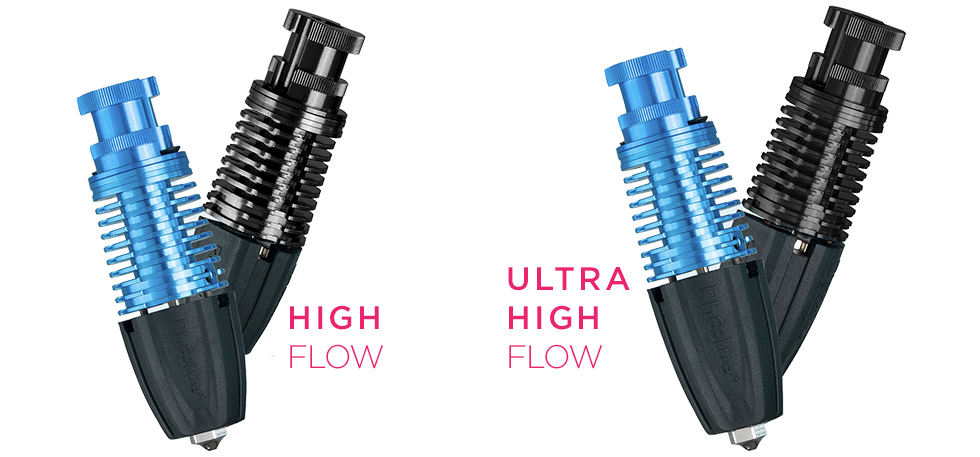
Rapido hotend – advantages
- Versatility
One of the main advantages of Rapido’s design over the older generation of hotends is its versatility – one product for all needs. It is easy to swap nozzles when you need precision or speed or high-temperature printing mode.
- Lightweight
The heat block is much lighter than a V6/Dragon/Mosquito heat block and the structure feels rigid.
- Mounting
Choice of mounting options – V6 or 4 bolts.
- Compatibility
V6 compatible nozzles and size minimize the cost of the upgrade.
Rapido hotend – is it for you?
The ability to push a lot of plastic doesn’t mean it is the best hotend for your application and use. Most of my printers use custom high-temperature V6 setup and I am happy with just 18 mm3/s. It allows me to go up to 300 mm/s speed at 0.2 layer with no critical underextrusion artifacts.
To answer the question is Rapido for you, my criteria would be:
- Is your printer capable to handle the high speed?
High-speed printing also requires solid mechanics and performant cooling (heavier toolhead). Though people post videos of Ender or other cartesian printers going at crazy speeds, I believe it is not sustainable use for a budget printer. If you are after high-speed printing at 300+ mm/s go with a CoreXY machine / Bowden toolhead. - Do you print mainly PLA and PETG?
No other commodity filament will allow high-speed printing. If you want to print mainly ABS or flexibles or composite filaments that require low printing speeds, the Rapido hotend won’t give you any advantage. - Do you print big?
The most interesting scenario for me is printing at normal speed and at a big layer height (like 1-2 mm).
Rapido hotend – manufacturers
At the time of writing, there are two manufacturers building the Rapido hotend – Phaetus and Trianglelab. The products look exactly the same and I am not sure if this is not the same product sold under different brands. Most people seem to prefer Phaetus, I ordered from Trianglelab, because I’ve been their customer for a few years and I know they sell quality parts and equipment.
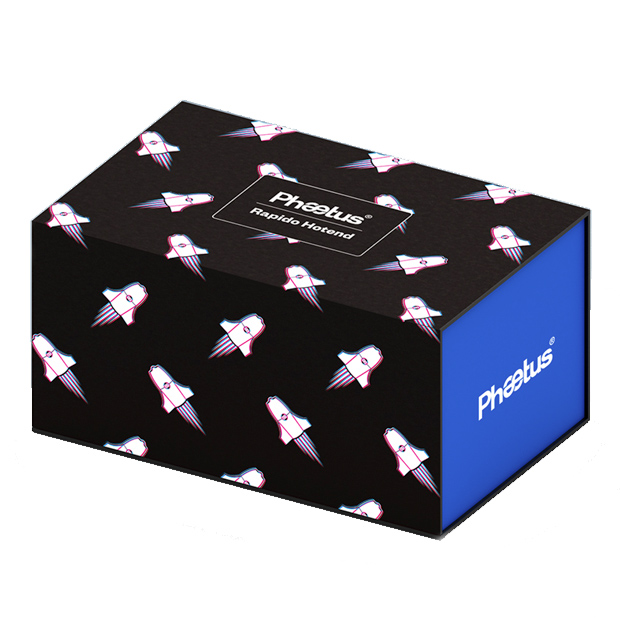
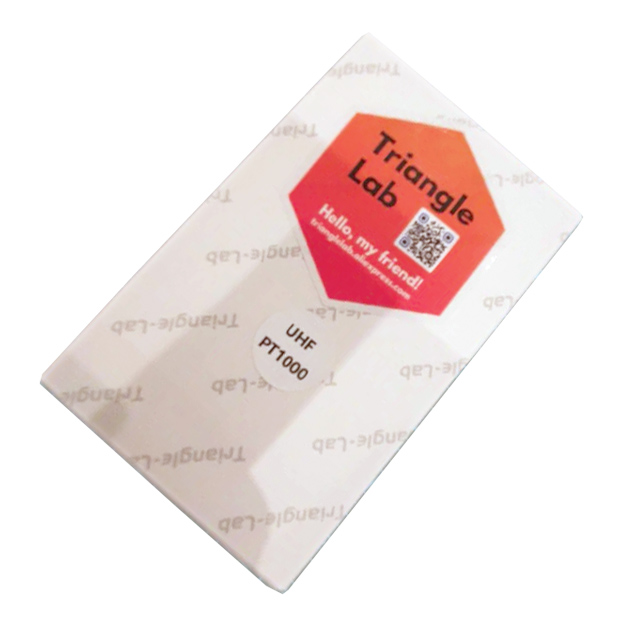
Rapido HF and UHF hotends
are selling on Aliexpress and Amazon

